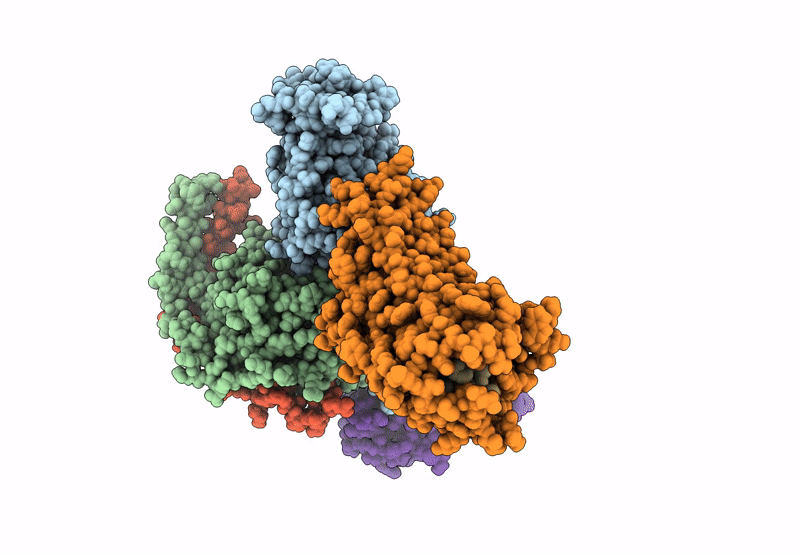
Deposition Date
2025-03-20
Release Date
2025-06-11
Last Version Date
2025-07-02
Entry Detail
PDB ID:
9U4W
Keywords:
Title:
cryo-EM structure of pig GnRHR bound with mammal GnRH
Biological Source:
Source Organism:
Homo sapiens (Taxon ID: 9606)
Sus scrofa (Taxon ID: 9823)
Sus scrofa (Taxon ID: 9823)
Host Organism:
Method Details:
Experimental Method:
Resolution:
3.18 Å
Aggregation State:
PARTICLE
Reconstruction Method:
SINGLE PARTICLE


